“MOORAMBILLA”
River Road (East) Coonamble NSW


“MOORAMBILLA”
River Road (East) Coonamble NSW

Contact Name
Trading Name

Postal Address Phone
Lots Purchased
Trucking Advice
PIC Number Yes No Angus Australia Transfer Required
Buyer Signature
Notes:
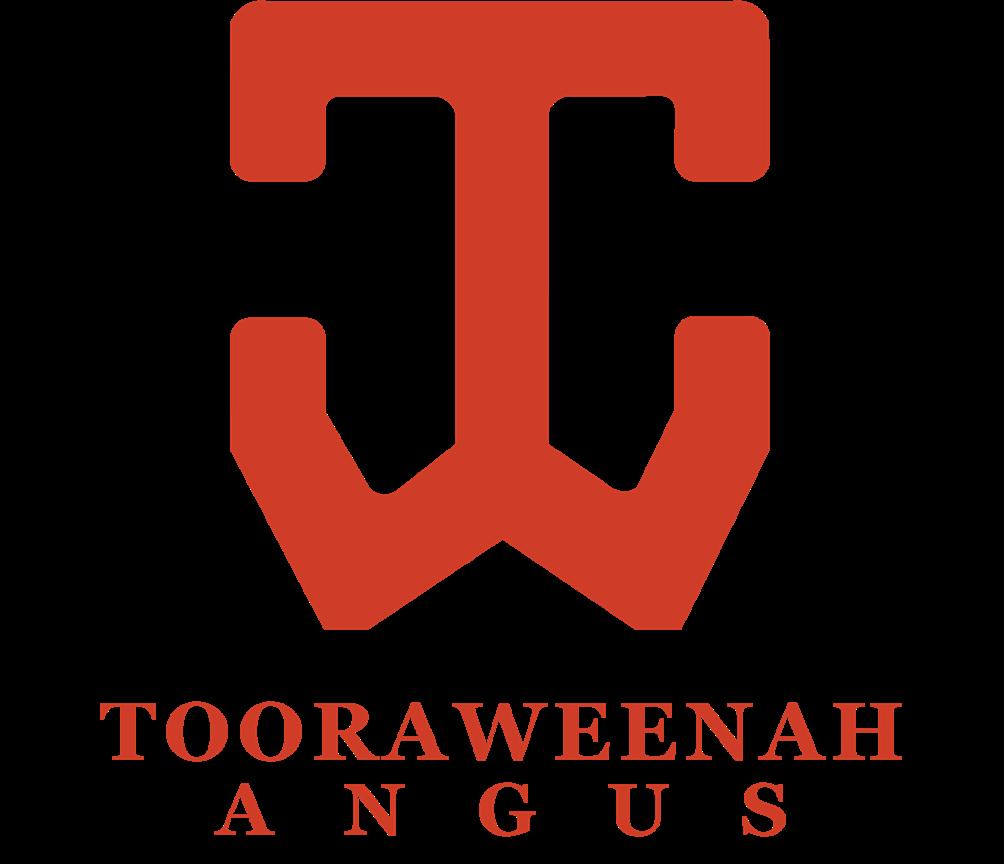
Welcome to the Inaugural Annual Tooraweenah Angus bull offering.
We are delighted to present for your inspection 6 rising 18 month old bulls.
All bulls have spent their entire lives grazing uniquely on native pastures, with zero supplementary feeding as at the time of filming. Each bull, therefore, a true physical expression of his genetic background and natural potential.
At Tooraweenah Angus we strive to manage a cow herd exemplary of the modern Angus breed - feminine, fertile and docile. The aim of our breeding program is to consistently maintain and steadily improve upon these core breed traits.
A Tooraweenah bull represents not just the result of a “program” but also of an environment. He and his mother will have run on a mix of open plains, gently timbered woodlands, marshlands and ephemeral creeks. Fertile brown and black soils dominate on “Moorambilla”, providing the most demanding of test grounds for structural integrity.
We trust you find the bulls as they have been selected - docile, sound and consistent in type.
Sincerely,
Michael Leonard‘Moorambilla’, Off River Road (East), Coonamble NSW 2829.
Bulls have been tested negative for Pestivirus, Vaccinated with Pestiguard, Vibrovax, Ultravac 7 in 1 and Bovilis MH + IBR. Bulls have passed their vet physical assessment (Dr. Charlie Milthorpe) and semen morphology test (Judy Felton-Taylor). Certificates are available upon request.

The bulls have been screened for temperament and are considered docile, however there are always risks associated with handling cattle. Visitors enter the bull pens at their own risk. Children must not enter the bull pens. The vendor or agents will be pleased to escort visitors through the bulls if required.
Rebates available to outside agents, conditions apply.
Vendor will arrange delivery of bulls.
We recommend that buyers insure their bull(s) for full cover, including transport, on the fall of the hammer. Tooraweenah takes no responsibility for death or injury to a bull after it leaves our front gate.
The vendor will transfer ownership of the bull to the purchaser on the Angus Australia database.
All reasonible care has been taken by the consigners to ensure that the information provided in the catalogue is correct at the time of publication. However, neither the consigners nor the selling agents make any other representations about the accuracy, reliability or completeness of any information provided in this catalogue and do not assume any responsibility for the
use or interpretation of the information included in this catalogue.
You are encouraged to seek independent verification or any information contained in this catalogue before relying on such information.
Animal details included in this catalogue, including but not limited to pedigree, DNA information, Estimated Breeding Values (EBVs) and Index values, are based on information provided by the breeder or owner of the animal. Whilst all reasonable care has been taken to ensure that the information provided in this catalogue was correct at the time of publication, Angus Australia will assume no responsibility for the accuracy or completeness of the information, nor for the outcome (including consequential loss) of any action taken based on this information.
The animals listed within this catalogue including its pedigree, are displaying a Parent Verification Suffix which indicates the DNA parent verification status that has been conducted on the animal. The Parent Verification Suffixes that will appear at the end of each animal’s name.
PV: both parents have been verified by DNA.
SV: the sire has been verified by DNA.
DV: the dam has been verified by DNA.
#: DNA verification has not been conducted.
E: DNA verification has identified that the sire and/or dam may possibly be incorrect, but this cannot be confirmed conclusively.
In order for Angus Australia to process the transfer of a registered animal in this catalogue, the vendor will need to provide certain information to Angus Australia and the buyer consents to the collection and disclosure of that information by Angus Australia in certain circumstances. If the buyer does not wish for his or her information to be stored and disclosed by Angus Australia, the buyer must notify in writing to Angus Australia. If Angus Australia is not notified, then the buyer will be taken to have consented to the disclosure of such information.
Dam of Lot 4An advanced genomic tool to inform the selection of replacement heifers for commercial Australian Angus breeders
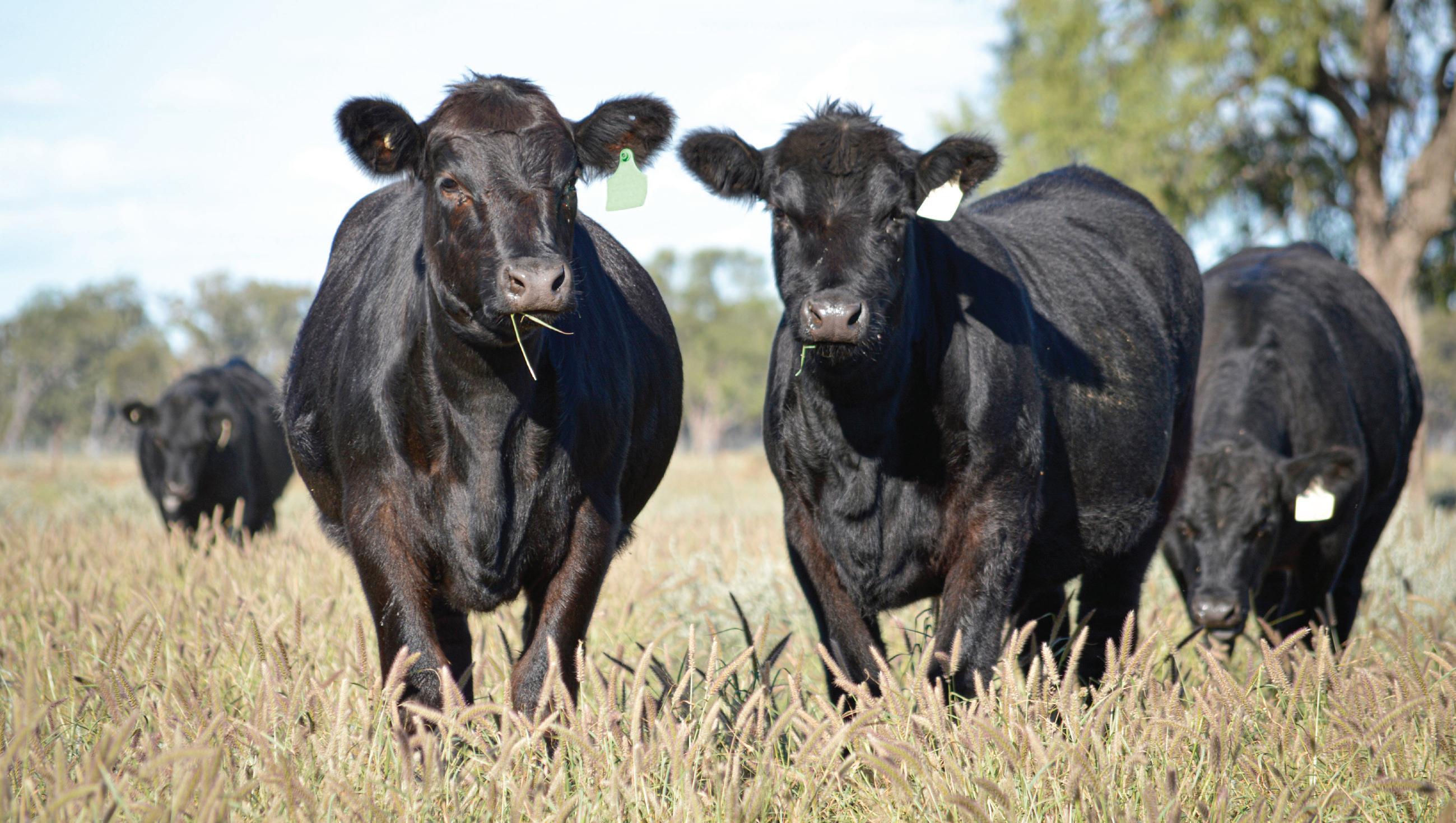
A product of Angus Australia, delivered in collaboration with our partners, Zoetis and Neogen


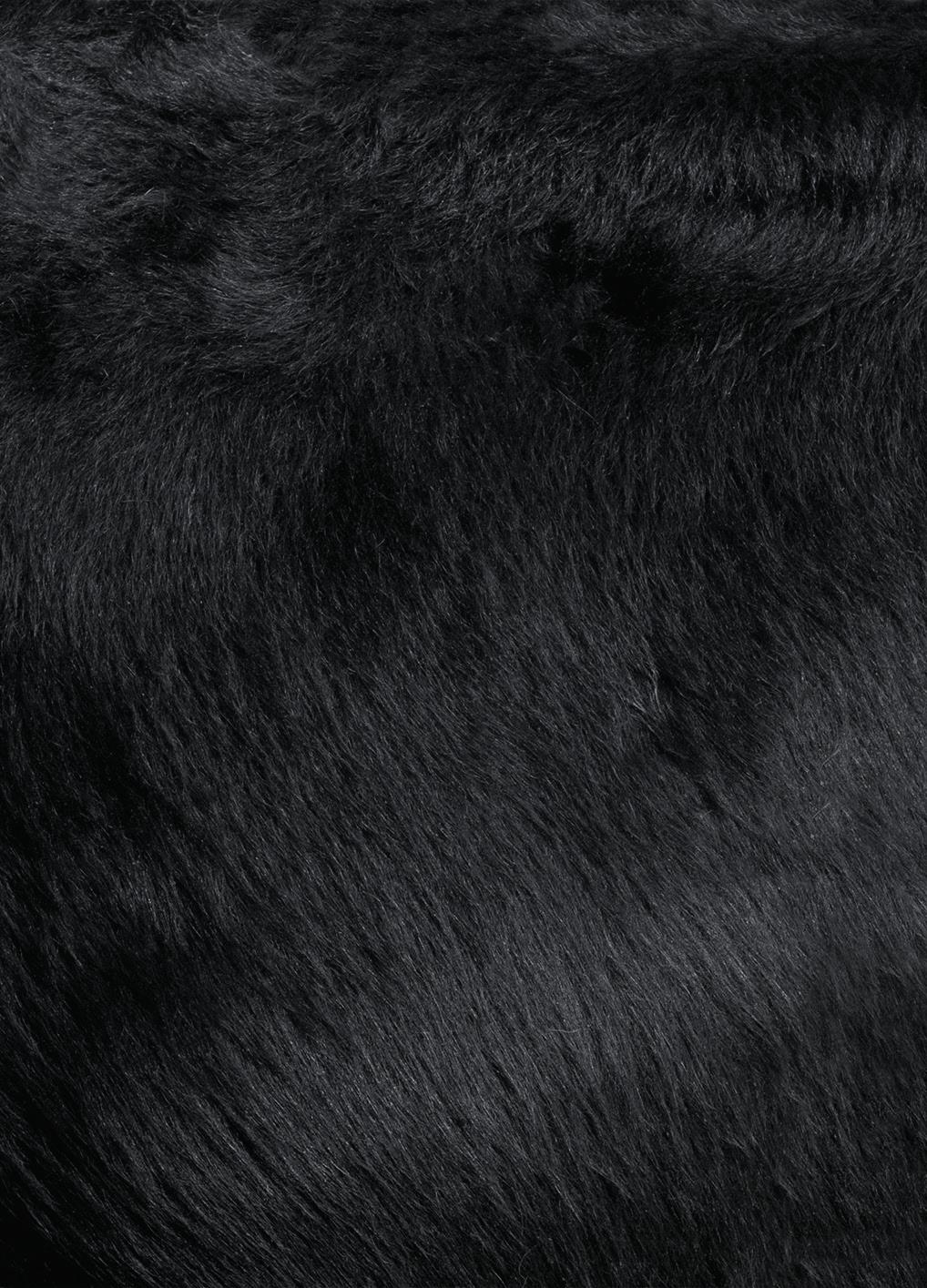
www.angusaustralia.com.au





The TransTasman Angus Cattle Evaluation is the genetic evaluation program adopted by Angus Australia for Angus and Angus influenced beef cattle. The TransTasman Angus Cattle Evaluation uses Best Linear Unbiased Prediction (BLUP) technology to produce Estimated Breeding Values (EBVs) of recorded cattle for a range of important production traits (e.g. weight, carcase, fertility).
The TransTasman Angus Cattle Evaluation is an international genetic evaluation and includes pedigree, performance and genomic information from the Angus Australia and Angus New Zealand databases, along with selected information from the American and Canadian Angus Associations.

The TransTasman Angus Cattle Evaluation utilises a range of genetic evaluation software, including the internationally recognised BLUPF90 family of programs, and BREEDPLAN® beef genetic evaluation analytical software, as developed by the Animal Genetics and Breeding Unit (AGBU), a joint institute of NSW Agriculture and the University of New England, and Meat and Livestock Australia Limited (MLA).
An animal’s breeding value can be defined as its genetic merit for each trait. While it is not possible to determine an animal’s true breeding value, it is possible to estimate it. These estimates of an animal’s true breeding value are called EBVs (Estimated Breeding Values).
EBVs are expressed as the difference between an individual animal’s genetics and a historical genetic level (i.e. group of animals) within the TACE genetic evaluation, and are reported in the units in which the measurements are taken.
TACE EBVs can be used to estimate the expected difference in the genetics of two animals, with the expected difference equating to half the difference in the EBVs of the animals, all other things being equal (e.g. they are joined to the same animal/s).
For example, a bull with a 200 Day Growth EBV of +60 would be expected to produce progeny that are, on average, 10 kg heavier at 200 days of age than a bull with a 200 Day Growth EBV of +40 kg (i.e. 20 kg difference between the sire’s EBVs, then halved as the sire only contributes half the genetics).
Or similarly, a bull with an IMF EBV of +3.0 would be expected to produce progeny with on average, 1% more intramuscular fat in a 400 kg carcase than a bull with a IMF EBV of +1.0 (i.e. 2% difference between the sire’s EBVs, then halved as the sire only contributes half the genetics).
EBVs can also be used to benchmark an animal’s genetics relative to the genetics of other Angus or Angus infused animals recorded with Angus Australia. To benchmark an animal’s genetics relative to other Angus animals, an animal’s EBV can be compared to the EBV reference tables, which provide:
• the breed average EBV
• the percentile bands table
The current breed average EBV is listed on the bottom of each page in this publication, while the current EBV reference tables are included at the end of these introductory notes. For easy reference, the percentile band in which an animal’s EBV ranks is also published in association with the EBV.
An accuracy value is published with each EBV, and is usually displayed as a percentage value immediately below the EBV.
The accuracy value provides an indication of the reliability of the EBV in estimating the animal’s genetics (or true breeding value), and is an indication of the amount of information that has been used in the calculation of the EBV.
EBVs with accuracy values below 50% should be considered as preliminary or of low accuracy, 50-74% as of medium accuracy, 75-90% of medium to high accuracy, and 90% or greater as high accuracy.
EBVs are calculated for a range of traits within TACE, covering calving ease, growth, fertility, maternal performance, carcase merit, feed efficiency and structural soundness. A description of each EBV included in this publication is provided on the following page.
CEDir % Genetic differences in the ability of a sire’s calves to be born unassisted from 2 year old heifers.
CEDtrs % Genetic differences in the ability of a sire’s daughters to calve unassisted at 2 years of age.
GL days
Genetic differences between animals in the length of time from the date of conception to the birth of the calf.
BW kg Genetic differences between animals in calf weight at birth.
200 Day kg Genetic differences between animals in live weight at 200 days of age due to genetics for growth.
400 Day kg
Genetic differences between animals in live weight at 400 days of age.
Higher EBVs indicate fewer calving difficulties in 2 year old heifers.
Higher EBVs indicate fewer calving difficulties in 2 year old heifers.
Lower EBVs indicate shorter gestation length.
Lower EBVs indicate lighter birth weight.
Higher EBVs indicate heavier live weight.
Higher EBVs indicate heavier live weight.
600 Day kg Genetic differences between animals in live weight at 600 days of age. Higher EBVs indicate heavier live weight.
MCW kg
Milk kg
DtC days
SS cm
CWT kg
EMA cm2
Rib Fat mm
P8 Fat mm
Genetic differences between animals in live weight of cows at 5 years of age.
Genetic differences between animals in live weight at 200 days of age due to the maternal contribution of its dam.
Genetic differences between animals in the time from the start of the joining period (i.e. when the female is introduced to a bull) until subsequent calving.
Genetic differences between animals in scrotal circumference at 400 days of age.
Genetic differences between animals in hot standard carcase weight at 750 days of age.
Genetic differences between animals in eye muscle area at the 12/13th rib site in a 400 kg carcase.
Genetic differences between animals in fat depth at the 12/13th rib site in a 400 kg carcase.
Genetic differences between animals in fat depth at the P8 rump site in a 400 kg carcase.
RBY % Genetic differences between animals in boned out saleable meat from a 400 kg carcase.
IMF % Genetic differences between animals in intramuscular fat (marbling) at the 12/13th rib site in a 400 kg carcase.
NFI-F kg/ day
Genetic differences between animals in feed intake at a standard weight and rate of weight gain when animals are in a feedlot finishing phase.
Doc % Genetic differences between animals in temperament.
Higher EBVs indicate heavier mature weight.
Higher EBVs indicate heavier live weight.
Lower EBVs indicate shorter time to calving.
Higher EBVs indicate larger scrotal circumference.
Higher EBVs indicate heavier carcase weight.
Higher EBVs indicate larger eye muscle area.
Higher EBVs indicate more fat.
Higher EBVs indicate more fat.
Higher EBVs indicate higher yield.
Higher EBVs indicate more intramuscular fat.
Lower EBVs indicate more feed efficiency.
Higher EBVs indicate better temperament.
Claw Set score Genetic differences in claw set structure (shape and evenness of claws). Lower EBVs indicate a lower score.
Foot Angle score Genetic differences in foot angle (strength of pastern, depth of heel).
Leg Angle score Genetic differences in rear leg structure when viewed from the side (angle at front of the hock).
$A $
Genetic differences between animals in net profitability per cow joined in a typical commercial self replacing herd using Angus bulls. This selection index is not specific to a particular market end-point, but identifies animals that will improve overall net profitability in the majority of commercial, self replacing, grass and grain finishing beef production systems.
Genetic differences between animals in net profitability per cow joined in a typical commercial self replacing herd using Angus bulls. This selection index is not specific to a particular market end-point, but identifies animals that will improve overall net profitability in the majority of commercial, self replacing, grass and grain finishing beef production systems.
$A-L $
The $A-L index is similar to the $A index but is modelled on a production system where feed is surplus to requirements for the majority of the year, or the cost of supplying additional feed when animal feed requirements increase is low. While the $A aims to maintain mature cow weight, the $A-L does not aim to limit the increase in mature cow weight as there is minimal cost incurred if the feed maintenance requirements of the female breeding herd increase as a result of selection decisions.
Lower EBVs indicate a lower score.
Lower EBVs indicate a lower score.
Higher selection indexes indicate greater profitability.
Higher selection indexes indicate greater profitability.
BALDRIDGE XPAND X743#
BALDRIDGE COLONEL C251#
BALDRIDGE ISABEL Y69#
USA19199070 WOODHILL PATENTPV
EF COMPLEMENT 8088PV
WOODHILL EVERGREEN Y10-C62#
WOODHILL EVERGREEN W269-Y10#
WMR TIMELESS 458#
GDAR REGULATOR 364PV
GDAR BLACKCAP LADY 071#
TRNQ55 TOORAWEENAH Q55#
UNKNOWN
March 2023
TransTasman Angus Cattle Evaluation



Born: 12/09/2021 AM3%,CA3%,DD3%,NH3%
Comments: Stylish young sire, a Woodhill Patent son displaying plenty of length. Stands and moves well on neat feet.
Purchaser:
$: Traits Observed:
ARDROSSAN EQUATOR A241PV
BOWMONT JACKPOT J310PV
ARDROSSAN WILCOOLA Z31PV
BKCQ79 KIDMAN CHARIOT Q79SV
KIDMAN EGYPT M100#
MILLAH MURRAH KLOONEY K42PV KIDMAN EGYPT H110#
TE MANIA FOE F734SV
GRANITE RIDGE KAISER K26SV
GRANITE RIDGE SUPREME F158SV
TRNQ17 TOORAWEENAH Q17#
UNKNOWN
March 2023 TransTasman Angus Cattle Evaluation
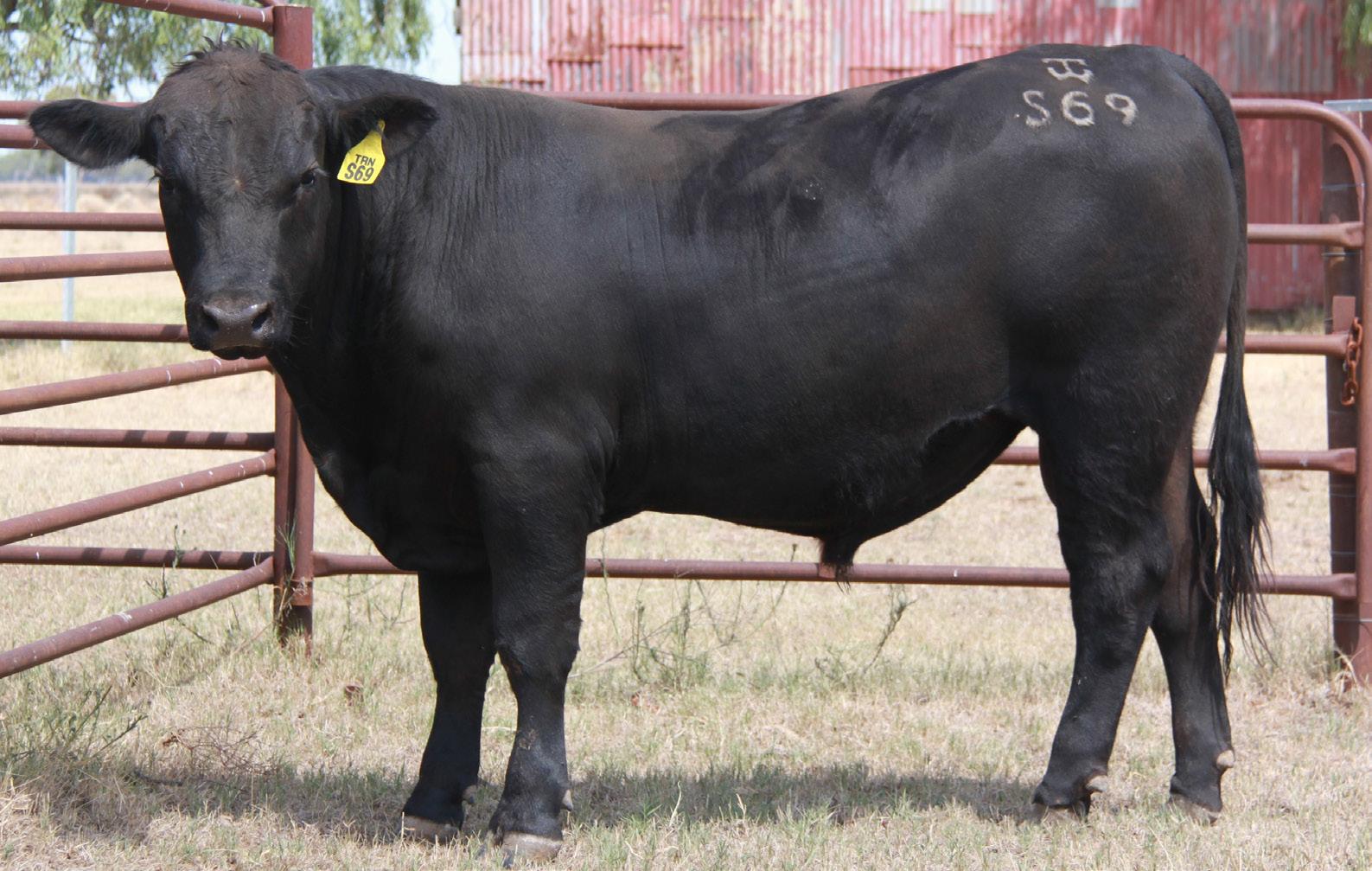


Born: 26/09/2021 AM3%,CA3%,DD3%,NH3%
Comments: First of Kidman Chariot sons. Clean made heifer bull.
Purchaser:
$: Traits Observed: Genomics
AVF BREAKOUT 5409#
MAY-WAY BREAKOUT 1310#
CAN2043806 HF ALCATRAZ 60FPV
HF MAYFLOWER 191ZPV
MAY-WAY LADY BANDO 086# HF TIGER 5T# HF MAYFLOWER 78P#
COONAMBLE ELEVATOR E11PV
ROSSKIN ELEVATOR M57SV
ROSSKIN LOWAN D30#
TRNQ102 TOORAWEENAH Q102#
UNKNOWN
March 2023
TransTasman Angus Cattle Evaluation



Comments: Only two Alcatraz sons on offer. Both similar in type - long and strong.
Purchaser:
$: Traits Observed: GL,Genomics
ARDROSSAN EQUATOR A241PV
BOWMONT JACKPOT J310PV
BKCQ79 KIDMAN CHARIOT Q79SV
S A V PROVIDENCE 6922#
S A V PROSPERITY 9131#
S A V EMBLYNETTE 3123#
QBJM116 DANCE PROSPERITY 9131 M116SV
LAWSONS TANK X1235#
DANCE F227#
DOUBLE D NEW DESIGN V1035 A110#
March 2023 TransTasman Angus Cattle Evaluation

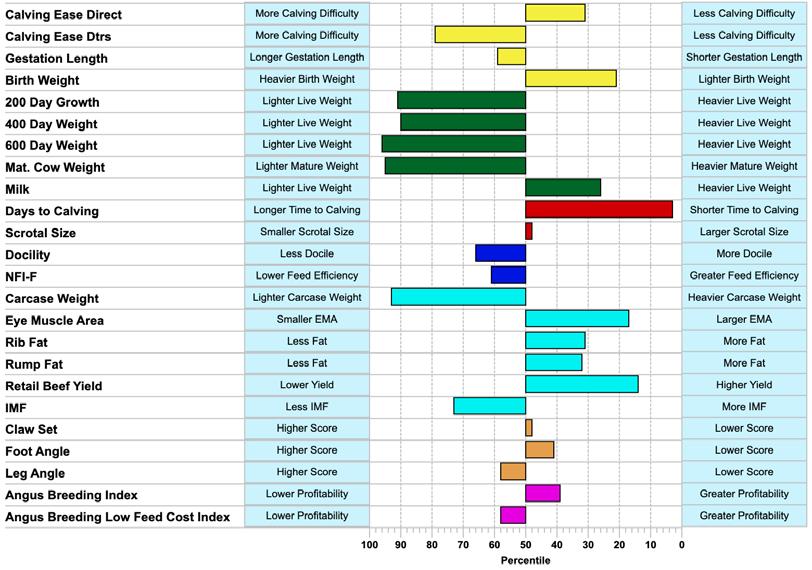

Born: 27/09/2021 AMFU,CAFU,DDFU,NHFU
Comments: Strong headed Chariot son here, out of an eye catching SAV Prosperity daughter.
Purchaser:
$: Traits Observed: Genomics
AVF BREAKOUT 5409#
MAY-WAY BREAKOUT 1310#
CAN2043806 HF ALCATRAZ 60FPV
HF MAYFLOWER 191ZPV
MAY-WAY LADY BANDO 086# HF TIGER 5T# HF MAYFLOWER 78P#
THOMAS UP RIVER 1614PV
MILLAH MURRAH LOCH UP L133PV
MILLAH MURRAH BRENDA H49SV
TRNQ79 TOORAWEENAH Q79#
UNKNOWN
March 2023
TransTasman Angus Cattle Evaluation



Born: 20/09/2021 AM3%,CA3%,DD3%,NH3%
Comments: Second Alcatraz son out of an attractive Millah Murrah Loch up daughter.
Purchaser:
$: Traits Observed: GL,Genomics
ARDROSSAN EQUATOR A241PV
BOWMONT JACKPOT J310PV
WILCOOLA Z31PV
BKCQ79 KIDMAN CHARIOT Q79SV
MILLAH MURRAH KLOONEY K42PV
KIDMAN EGYPT M100#
EGYPT H110#
SYDGEN TRUST 6228#
SYDGEN BLACK PEARL 2006PV
SYDGEN ANITA 8611#
TRNQ46 TOORAWEENAH Q46#
UNKNOWN
March 2023 TransTasman Angus Cattle Evaluation
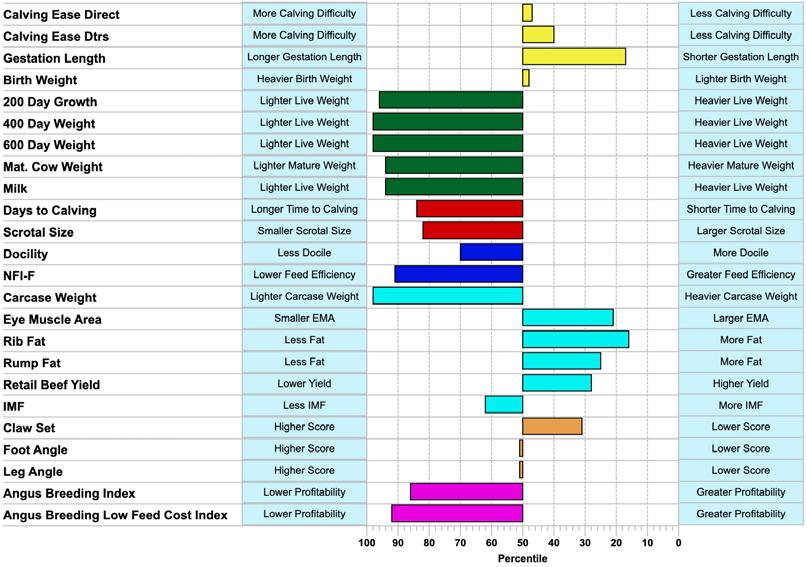

Comments: Thickset, mobile Chariot son. Excellent weight for age. Dam a docile, deep chested Black Pearl daughter.
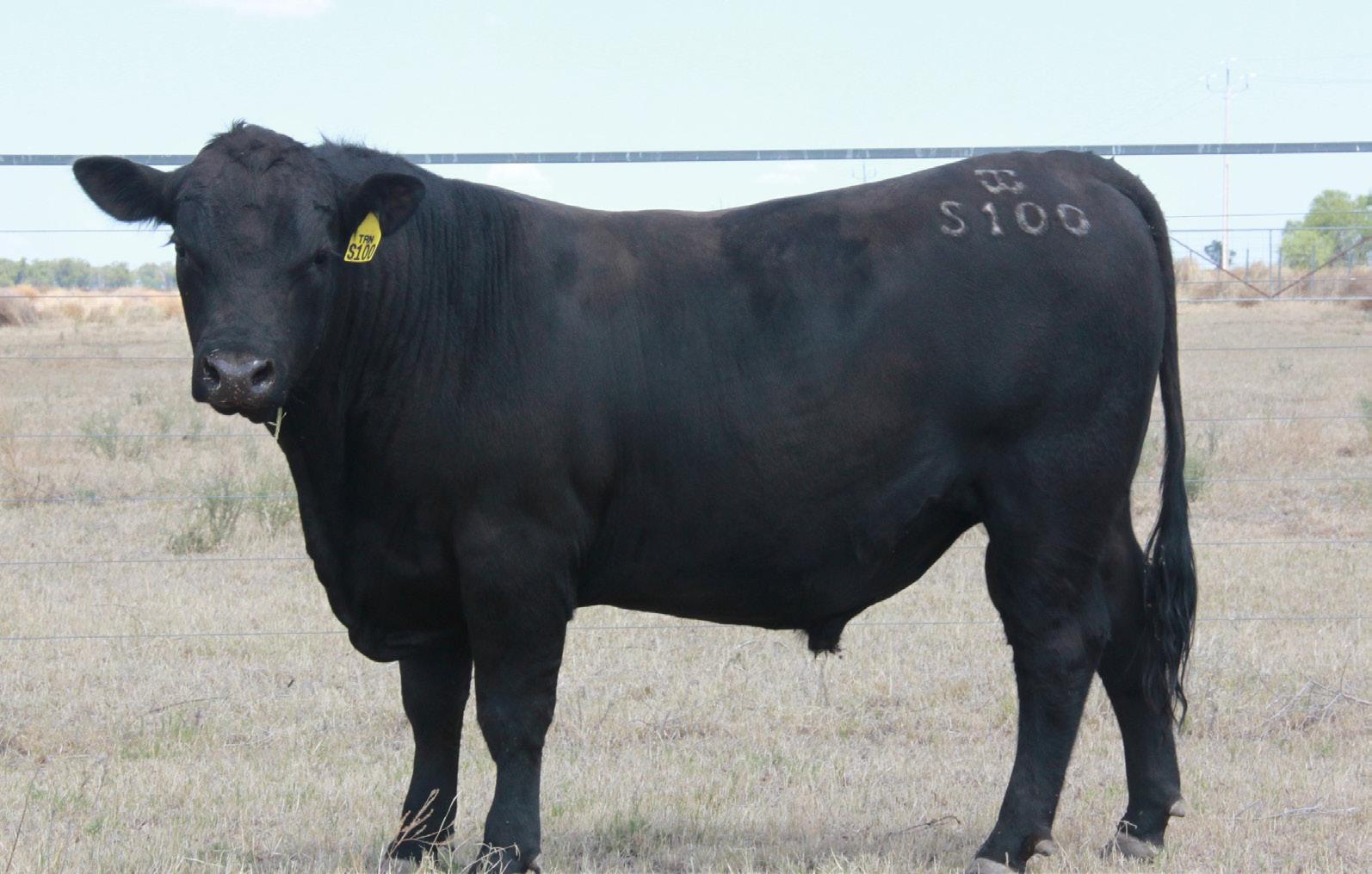
Purchaser:
$: Traits Observed: Genomics
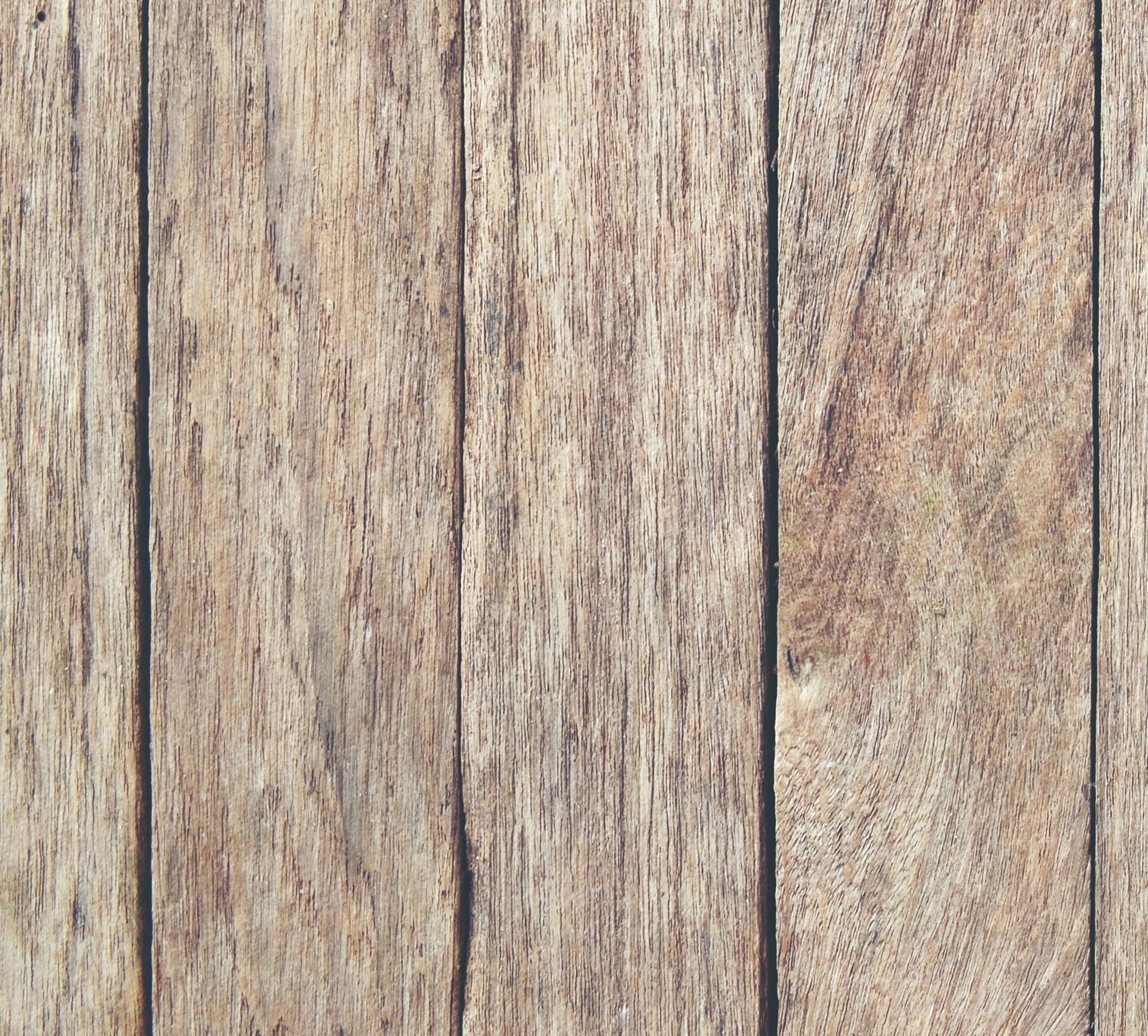
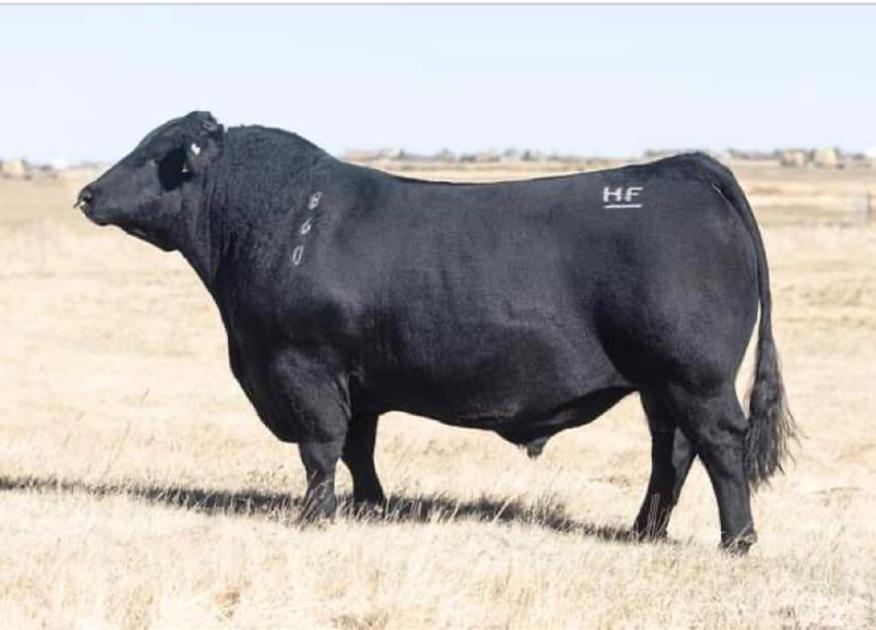

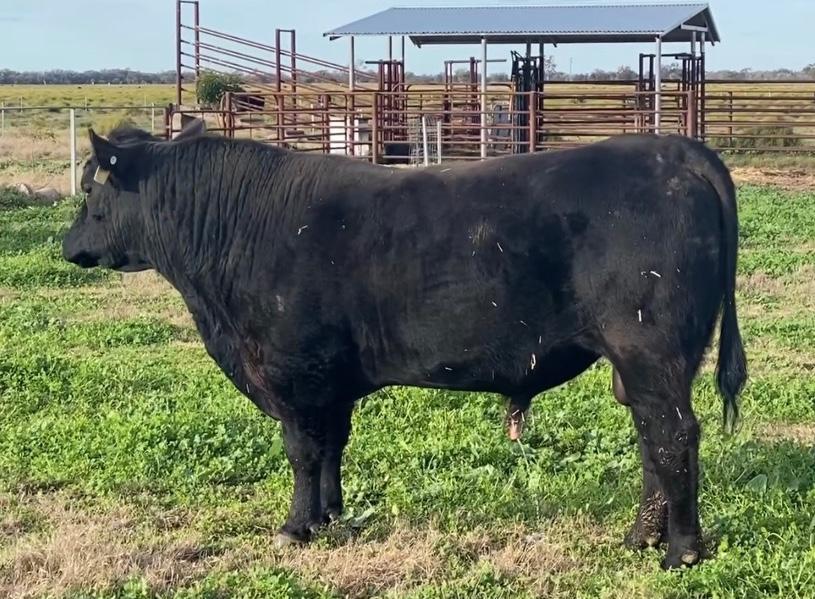 HF Alcatraz 60FPV
Woodhill PatentPV
Kidman Chariot Q79SV
HF Alcatraz 60FPV
Woodhill PatentPV
Kidman Chariot Q79SV
S A V BISMARCK 5682#
AVF BREAKOUT 5409#
AVF SARA 0045#
CAN1838287 MAY-WAY BREAKOUT 1310#
MAY-WAY 1I2 819#
Born: 08/01/2018 AMF,CAF,DDF,NHF,DWF,MAF,MHF,OHF,OSF,RGF
HF KODIAK 5RPV
HF TIGER 5T#
HF ECHO 84R# CAN1683163 HF MAYFLOWER 191ZPV
Regn: HBR
HF JUSTICE 52L#
Ident: CAN2043806
MAY-WAY LADY BANDO 086#
BREAKOUT 5409#
5682#
MAY-WAY LADY BANDO 745#
SARA 0045#
BREAKOUT 1310#
1I2 819#
S A V BISMARCK 5682#
LADY BANDO 086#
AVF BREAKOUT 5409#
LADY BANDO 745#
AVF SARA 0045#
CAN1838287 MAY-WAY BREAKOUT 1310#
MAY-WAY 1I2 819#
MAY-WAY LADY BANDO 086#
MAY-WAY LADY BANDO 745#
RS BKCQ79 KIDMAN CHARIOT Q79 SV
PAPA EQUATOR 2928#
EQUATOR A241PV
SRKJ310 BOWMONT JACKPOT J310PV
March 2023 TransTasman Angus Cattle Evaluation
ARDROSSAN PRINCESS W38PV VERMILION YELLOWSTONE#
ARDROSSAN WILCOOLA Z31PV
WILCOOLA V9#
March 2023 TransTasman Angus Cattle Evaluation

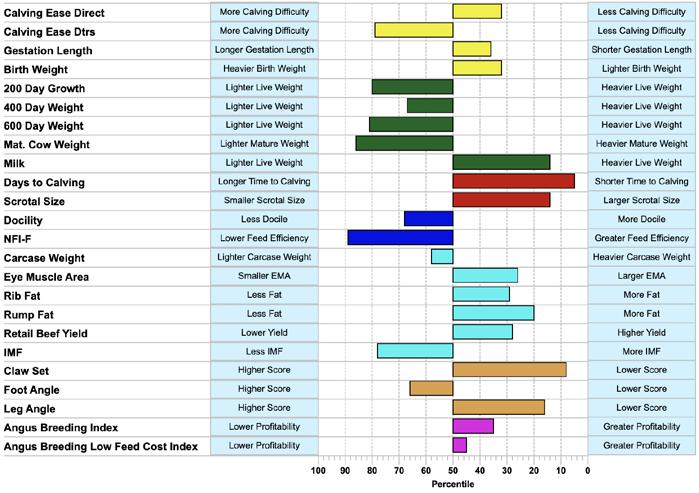

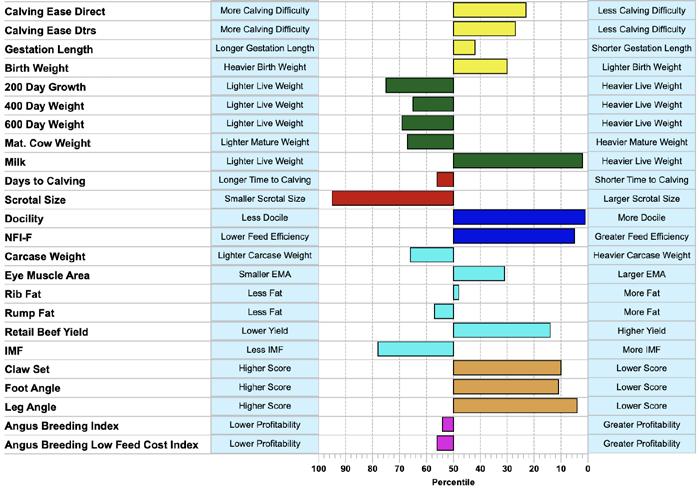











Set x 1, Foot
QUEEN S87#
GL,BWT,200WT,Structure(Claw Set x 1, Foot Angle x 1),Genomics
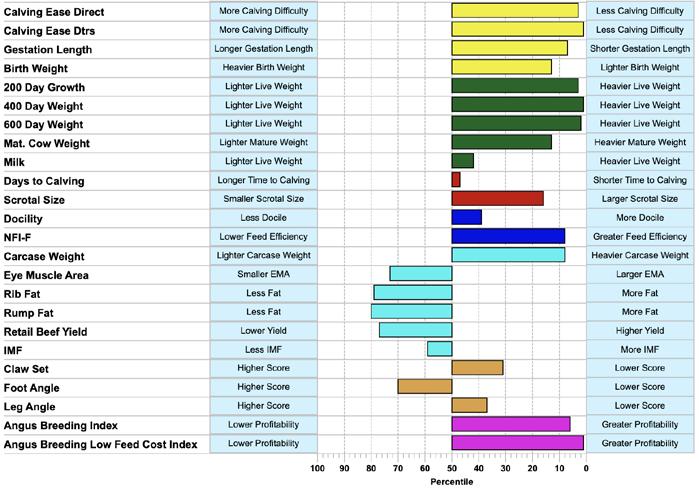


HF MAYFLOWER 78P# SCHELL’S MAYFLOWER 4F#
HF KODIAK 5RPV
5T#

HF ECHO 84R#
Regn: HBR
Ident: CAN2043806
CAN1683163 HF MAYFLOWER 191ZPV
HF KODIAK 5RPV
HF TIGER 5T#
HF MAYFLOWER 78P# SCHELL’S MAYFLOWER 4F#
HF ECHO 84R#
CAN1683163 HF MAYFLOWER 191ZPV
HF JUSTICE 52L#
HF MAYFLOWER 78P#
SCHELL’S MAYFLOWER 4F#
Regn: HBR
17/07/2019
Ident: BKCQ79
BOOROOMOOKA THEO T030SV
MILLAH MURRAH KLOONEY K42PV
MURRAH KLOONEY K42PV MILLAH MURRAH PRUE H4SV BKCM100 KIDMAN EGYPT M100# KIDMAN EGYPT H110# KIDMAN EGYPT F28#
MILLAH MURRAH PRUE H4SV BKCM100 KIDMAN EGYPT M100#
RENNYLEA EDMUND E11PV
KIDMAN EGYPT H110#
KIDMAN EGYPT F28#
EF COMPLEMENT 8088PV
BASIN FRANCHISE P142# EF EVERELDA ENTENSE 6117# USA18248983 WOODHILL EVERGREEN Y10-C62#
S A V FINAL ANSWER 0035#
WOODHILL EVERGREEN W269-Y10# WOODHILL EVERGREEN 22P-W269#
* Breed average represents the average EBV of all 2021 drop Australian Angus and Angus-influenced seedstock animals analysed in the


* The percentile bands represent the distribution of EBVs across the 2021 drop Australian Angus and Angus-influenced seedstock animals analysed in the March 2023
Cattle Evaluation .



